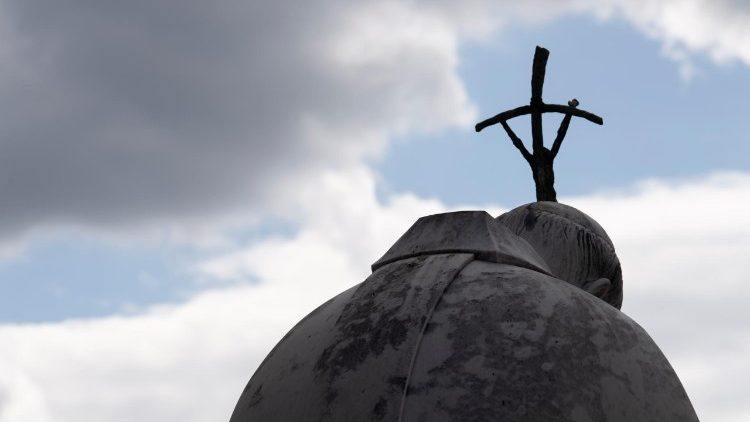Elegance in Dress: A Reflection of Our Identity
Chapter 10 of the “Soul and Body” Series

This chapter of our series on soul and body addresses a topic of great relevance: elegance in dress. This concept refers to how we present ourselves externally and deeply reflects who we are inside.
Body Presentation
The way we choose to dress can communicate various intentions. On the one hand, we can opt for a style that highlights a sensual body, designed to stimulate basic instincts, such as provocative clothing. On the other hand, there is the option of a sloppy outfit, where disinterest is manifested through a lack of hygiene or an anachronistic style.
However, we can also present a body that radiates dignity and spirituality, reflecting a unique and respectful personality. In this sense, the act of dressing has three fundamental functions: to protect us from the cold, to hide the body to highlight our face, and, finally, to express who we are.
Functions of Dress
- Fighting the Cold: In cold regions, such as Burgos in winter, a coat is essential.
- Hiding the Body: Appropriate clothing draws attention to our face, facilitating meaningful and personalized relationships.
- Expressing Identity: The way we dress sends a clear message about our identity and values.
The Nature of Elegance
Elegance is not defined by always dressing formally, but by the ability to choose the right outfit for each occasion. The truly elegant person knows when it is appropriate to wear casual clothes and when it is time to dress up. This ability reflects the virtue of prudence and service to others.
Moral Dimension of Elegance
Being well-dressed is not a superficial matter; it has a significant moral dimension. Being elegant requires a certain level of integrity and reflection. In a world where it is easy to neglect our appearance, choosing to dress with care and respect for others implies virtue.
- Moral Thickness: It requires a commitment to the image we project.
- Nobility that obliges: Elegance creates an environment that invites appropriate and respectful behavior.
- Kindness of Virtue: Elegance transforms our interactions, making virtues more attractive and appreciated.
The Risk of Ugliness and Preciousness
In our quest for elegance, we must avoid both ugliness, which is a deliberate carelessness, and preciosity, which can lead us to spend excessively on passing fads. Elegance manifests itself in a balance: a careful presentation that is not subject to the tyranny of trends.
A Language Through Dress
Dress is a language in itself. We convey a message through our choice of clothing. We should not disregard fashion, as it is a social agreement that helps us communicate our identity. However, it is not necessary to be constantly at the forefront; Good organization and cleanliness in our closet are essential to project our best image.
Dressing elegance is much more than a question of aesthetics; it is an expression of charity, virtue and a reflection of our respect for ourselves and others. By carefully choosing our attire, we express who we are and what we value, creating a positive impact on our social environment. The next time you choose what to wear, remember that your clothes speak before you do.
***
Chapter 01: The Assumption of the Virgin and the Relationship between the Body and Grace
Chapter 02: Corporeality, Body and Grace: The Spirit Incarnated in Concrete Life
Chapter 03: Spiritual History and the Time of Life
Chapter 04: The Care of the Body as a Manifestation of Spiritual Life
Chapter 05: Mortification
Chapter 06: The Living Man and the Virtues
Chapter 07: We are a Substantial Unity of Soul and Body: Love as an Integral Manifestation
Chapter 08: Marriage: A path of love and dedication
Chapter 09: The Face: Reflection of the Soul and Manifestation of Identity
Related

Discover Your Vocation: The Divine Path to a Full and Holy Life
Patricia Jiménez Ramírez
01 April, 2025
5 min

“I Stay With Those Who Care For Me”: An Anthem to Luminous People
José Miguel Ponce
01 April, 2025
2 min

Francis’s 38 Days in the Hospital: Appointments and Cries for Peace
Exaudi Staff
01 April, 2025
5 min

Forgiving Infidelity
P Angel Espinosa de los Monteros
31 March, 2025
2 min
 (EN)
(EN)
 (ES)
(ES)
 (IT)
(IT)

